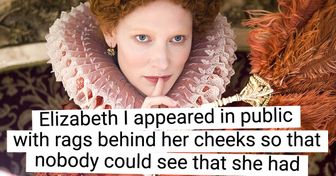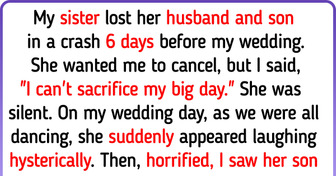17 Friendships That Didn’t Stand the Test of Life
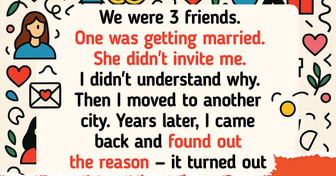
The Victorian era, the reign of Queen Victoria (from 1837 to 1901), was the time that brought changes in fashion, mentality and everyday habits. But some rules and beliefs of that period seem so outdated that we are glad we don’t have to follow them now. We have listed the most exotic ones, and the ones that have taken our breath away. And there’s a bonus at the end of this article where you’ll find out what creatures Victorians kept as pets at home.
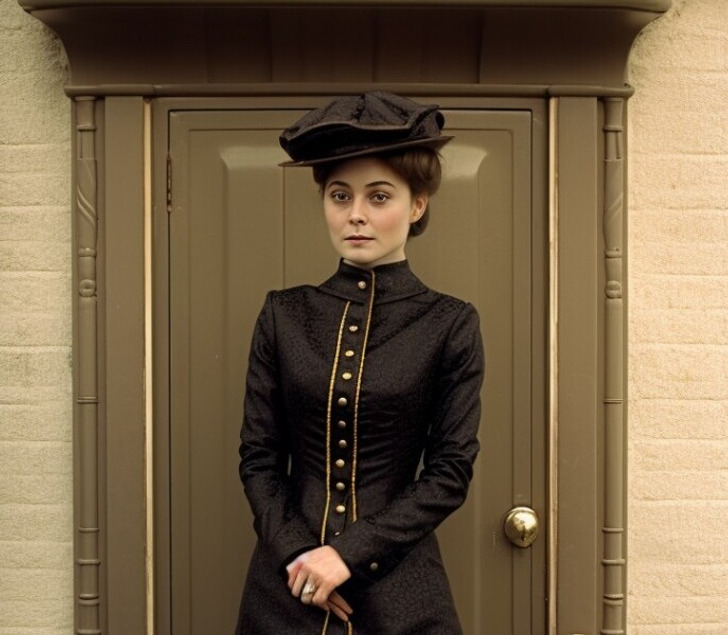
If a respectable Victorian lady wanted to take a walk in the center of London, she had to plan her route carefully so that she had a place to go to the toilet. Usually this could only be done at the home of her friends or relatives, as there were no public toilets for women in the city. It was believed that a lady might be too embarrassed to visit this place.
This situation was caused by the Victorian morality: a woman was considered “the angel of the house,” the mother, wife, or daughter, and she had no reason to go far away from home, while public space belonged to men. Nowadays, this condition is called a “urinary leash.”
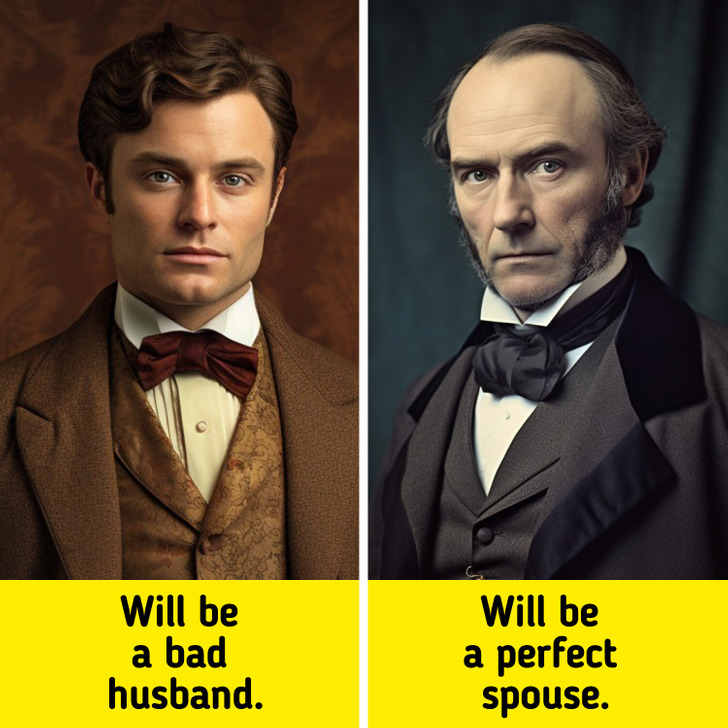
In Victorian England, marriage was a woman’s main purpose. But for men, marriage was a serious matter too. So, the choice of a wife or husband had to be made carefully. Books and guides offered various methods and formulas that helped to find an ideal spouse.
For example, Vaught’s Practical Character Reader (1902) described how to determine whether a man is going to be a caring father and faithful husband by the shape of his nose or skull. It was also not recommended to avoid marriage if the couple both had a Roman nose because it was considered the sign of stubbornness, and 2 stubborn people were not good to make a family.
It was also possible to calculate the ideal age gap between the spouses: it was necessary to divide the age of a man in half and add 7 years: for example, a 30-year-old man was supposed to find a 22-year-old wife, and a 40-year-old one had to look for a 27-year-old woman.
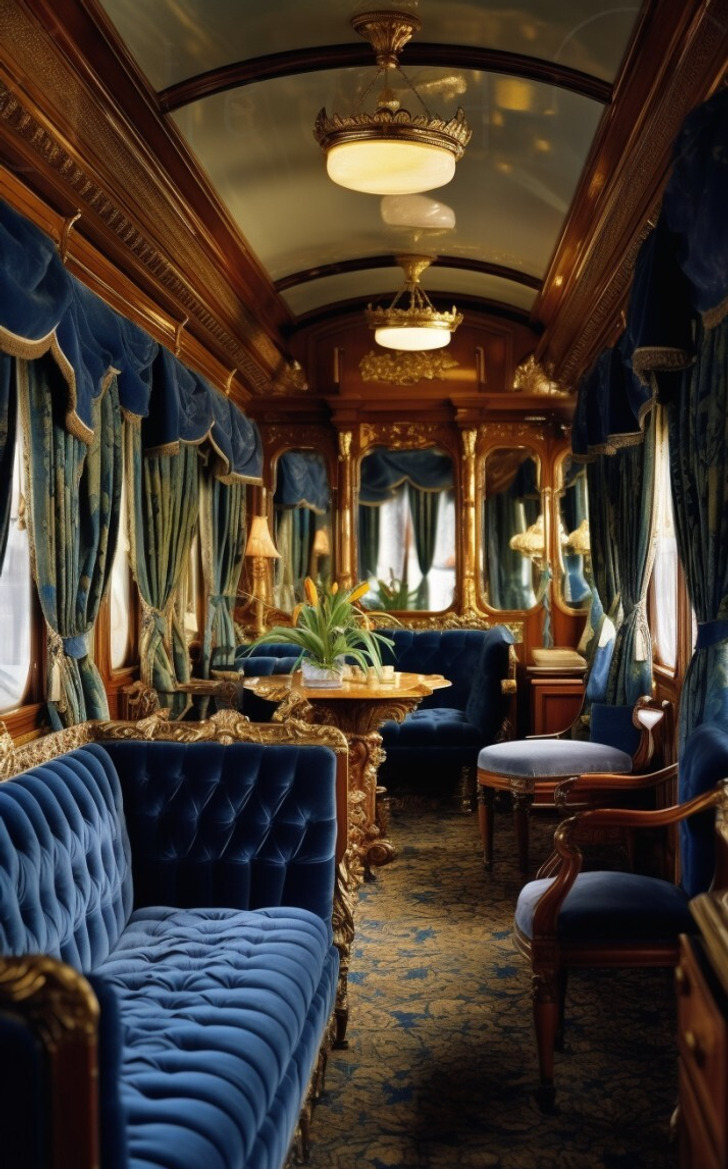
In the 1850-60s, the railway was becoming increasingly popular. But according to Victorians, trains were extremely dangerous. They were believed to “injure the brain” — the sudden movement of the train combined with the noise of the carriage could cause an anxiety attack and even drive a person mad.
Newspapers fueled the hype about “railway madmen” describing the eccentric behavior of men and women who lost their minds during the journey. The 1864 by-laws of the Victorian Railways stipulated that “insane persons” should be isolated “in a compartment by themselves.” Luckily, the frenzy over railway madness soon faded away, and British people were able to enjoy the new and convenient way of travelling in peace.
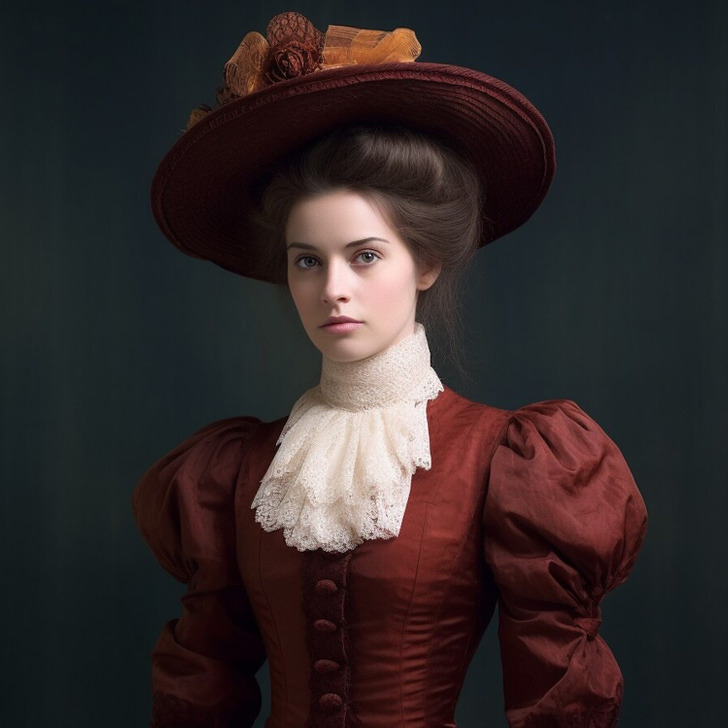
A Victorian lady couldn’t visit a doctor alone, only in the presence of her husband or a companion. And she couldn’t show the place where she felt pain on herself — there was a mannequin for that purpose.
A gynecologic examination was used only in the most extreme cases, and if it couldn’t be avoided, it was carried out either under a sheet in a dark room, or with the help of a screen which was supposed to separate the doctor and the patient.
Paying the doctor was also a problem because “gentlemen didn’t work for money.” Therefore, banknotes couldn’t be handed, they were supposed to be placed on the table wrapped in paper.
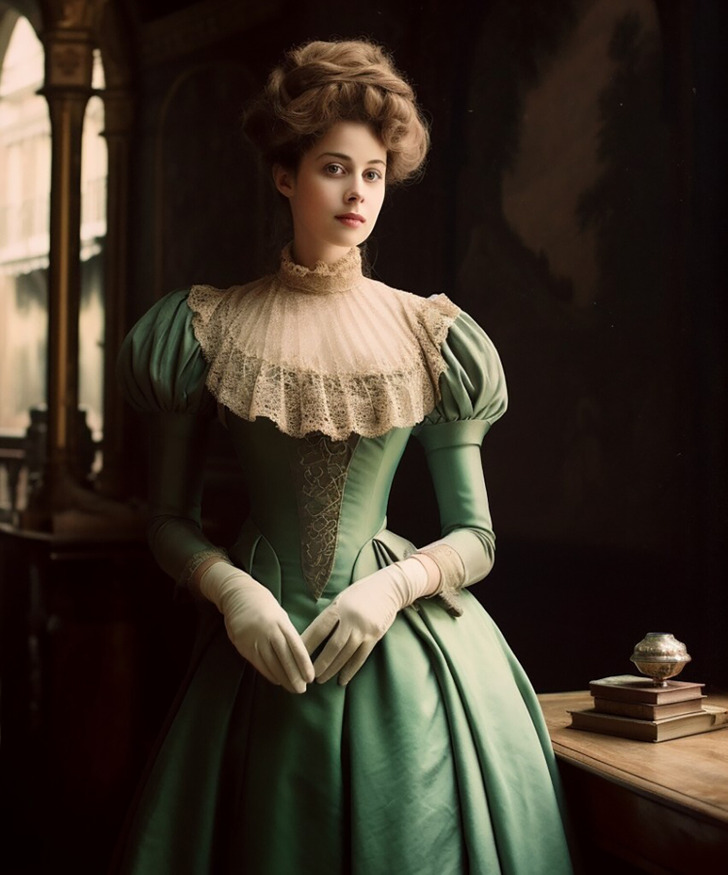
In the first quarter of the 19th century, emerald green was on the peak of fashion: it fascinated both fashionistas who wore green dresses and wealthy ladies who chose this color for their interiors.
The problem was that an extremely toxic coloring pigment was used to dye fabrics, carpets and wallpaper. It was called Scheele’s green and later Paris green. It contained arsenic and caused severe health problems, which was only discovered in the second half of the 19th century.
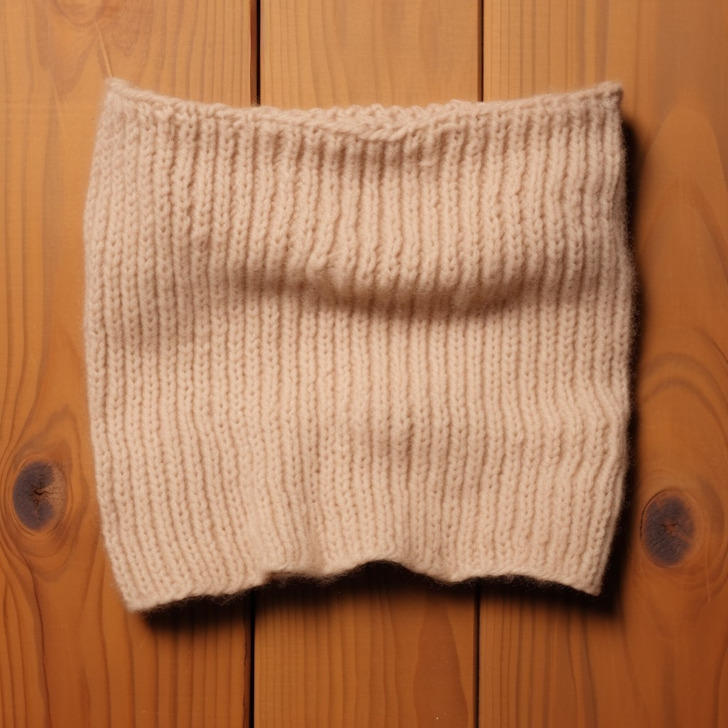
Dysentery and cholera were believed to be contracted not from contaminated drinking water, but from hypothermia of the stomach, so Victorians wore flannel or woolen knitted “cholera belts” for prevention.
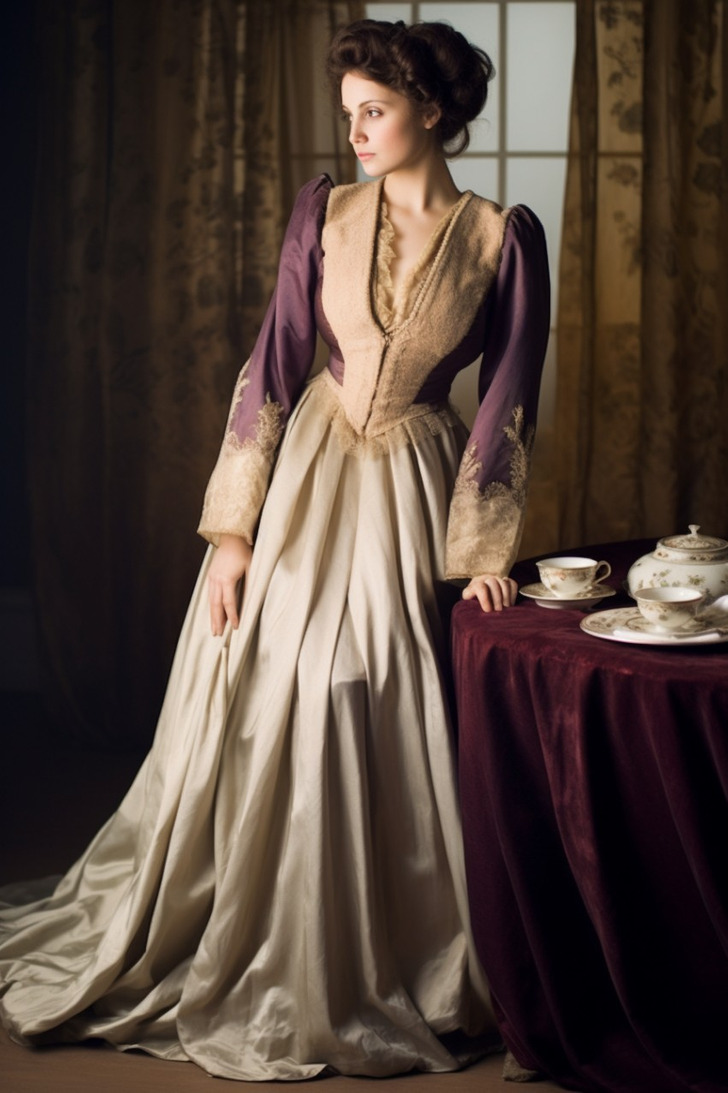
Victorian ladies wore looser dresses at home compared to those they donned in public. These were called “tea gowns.” Of course, they were also ornate and often had a train, but they could be put on without the help of maids and didn’t require a corset. A “tea gown” could be worn with family or friends, but it was indecent to appear in it in public.
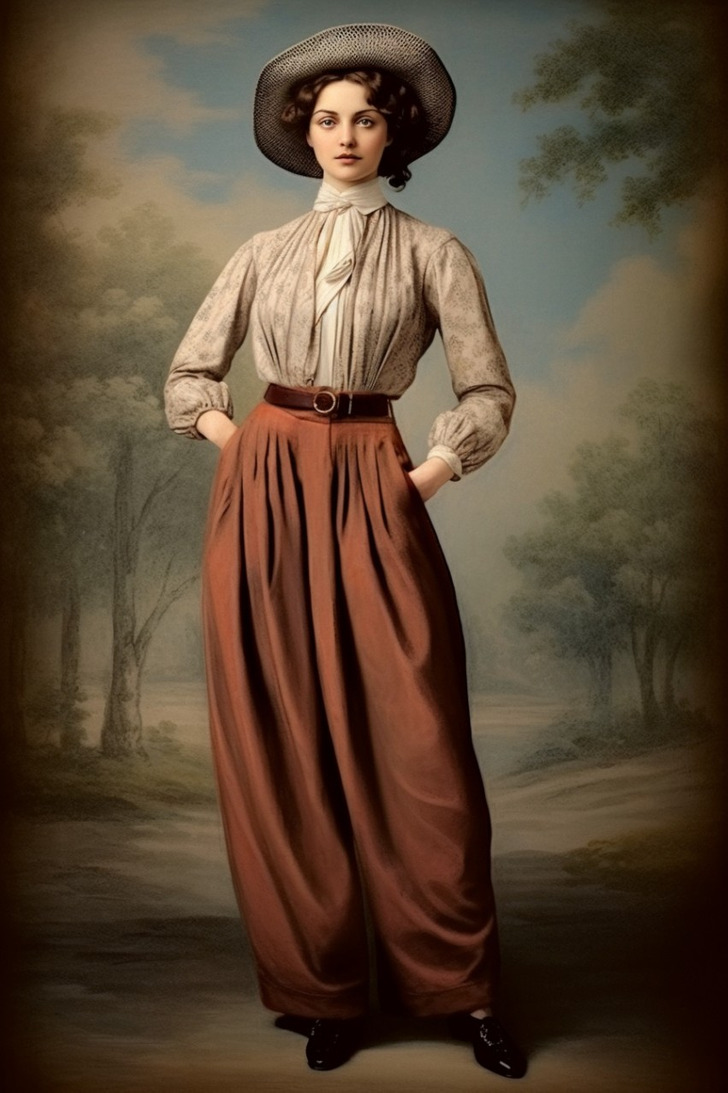
By the end of the Victorian era, women had already been tired of corsets and crinolines. So some brave ladies began to wear trousers, and public criticism and caricatures in magazines couldn’t stop them from doing so. Of course, these trousers looked very different from what they do now — they were more like baggy pants. But still, it was a big change.
However, the word “trousers” couldn’t be spoken out loud, nor could the word “legs.” “Limbs” and “split skirts” were used instead.
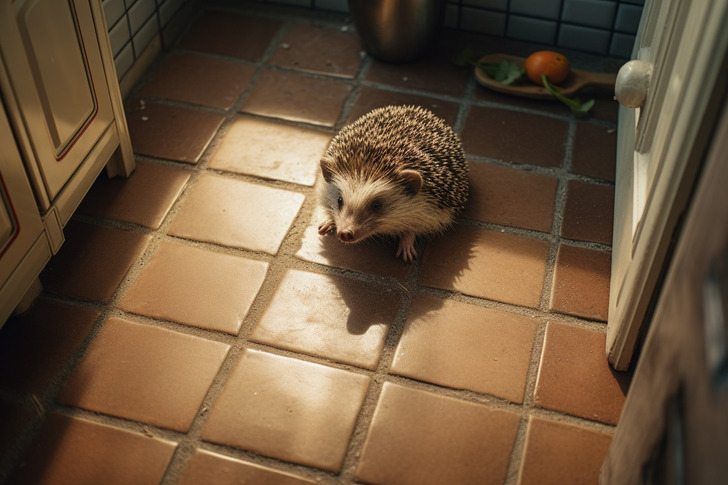
Are you a fan of the Victorian era? Here is another interesting article about it.


